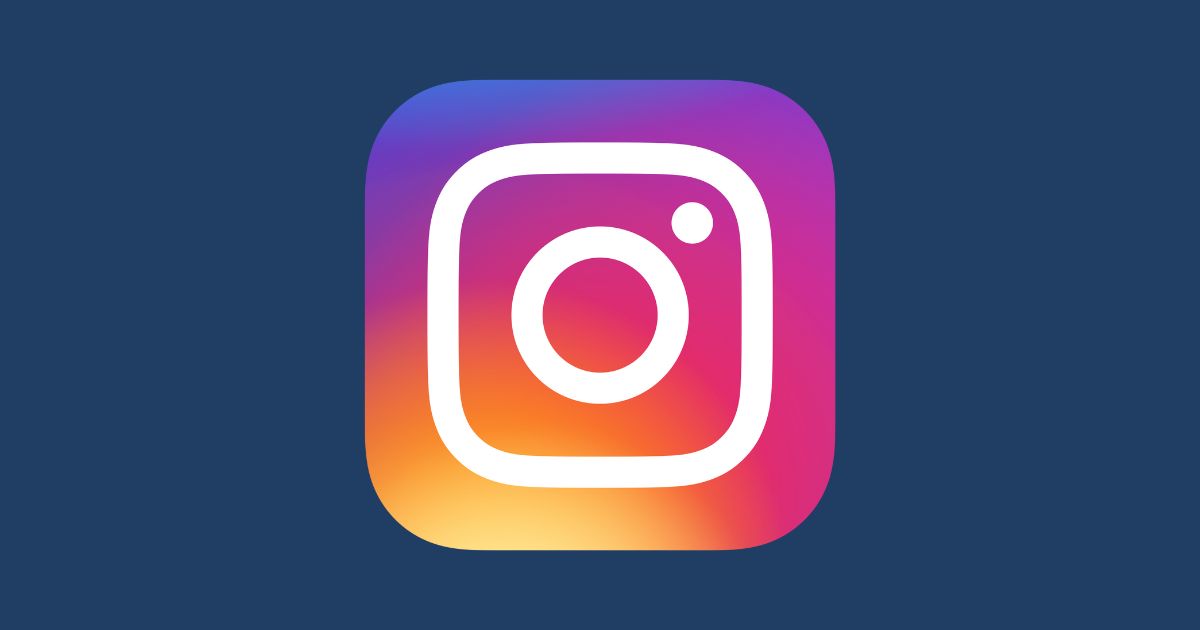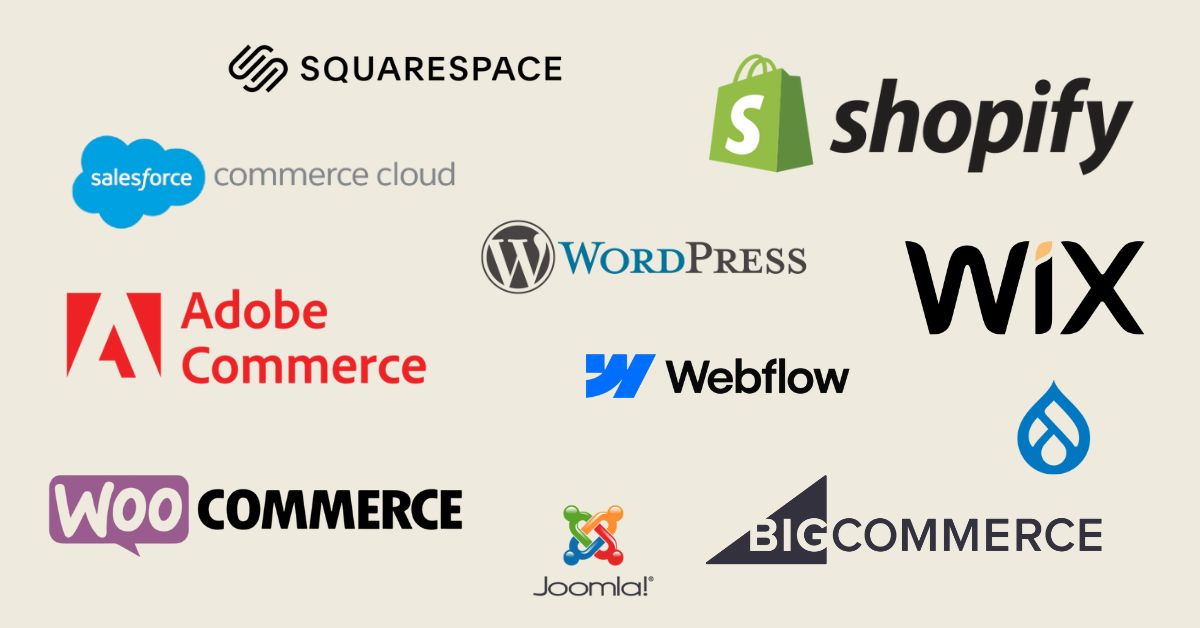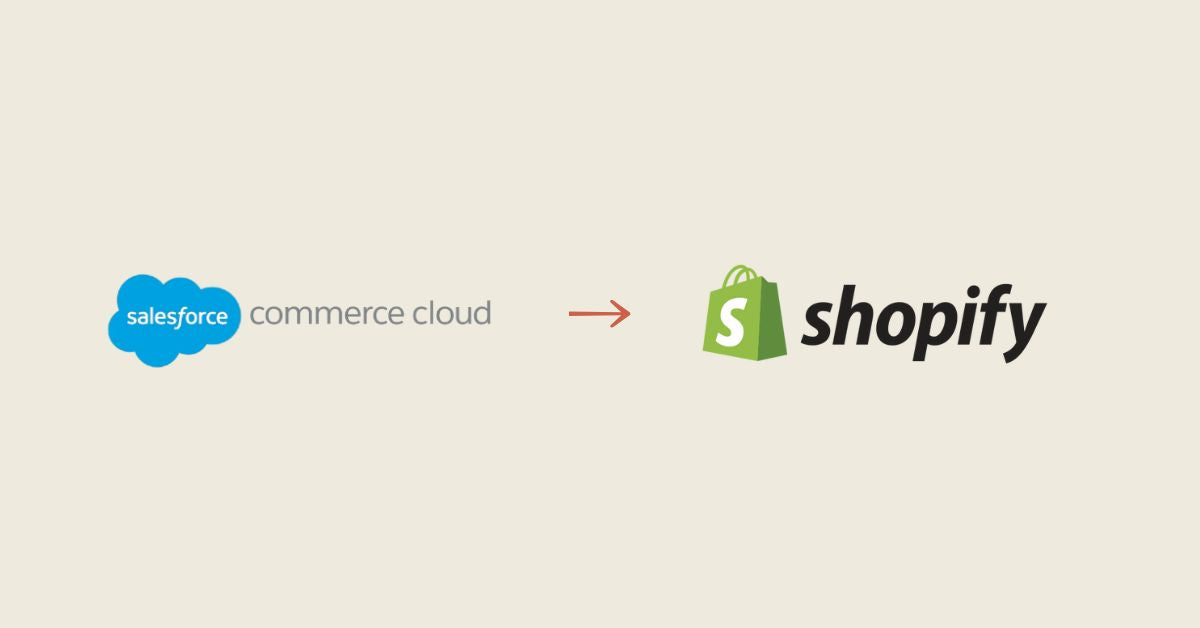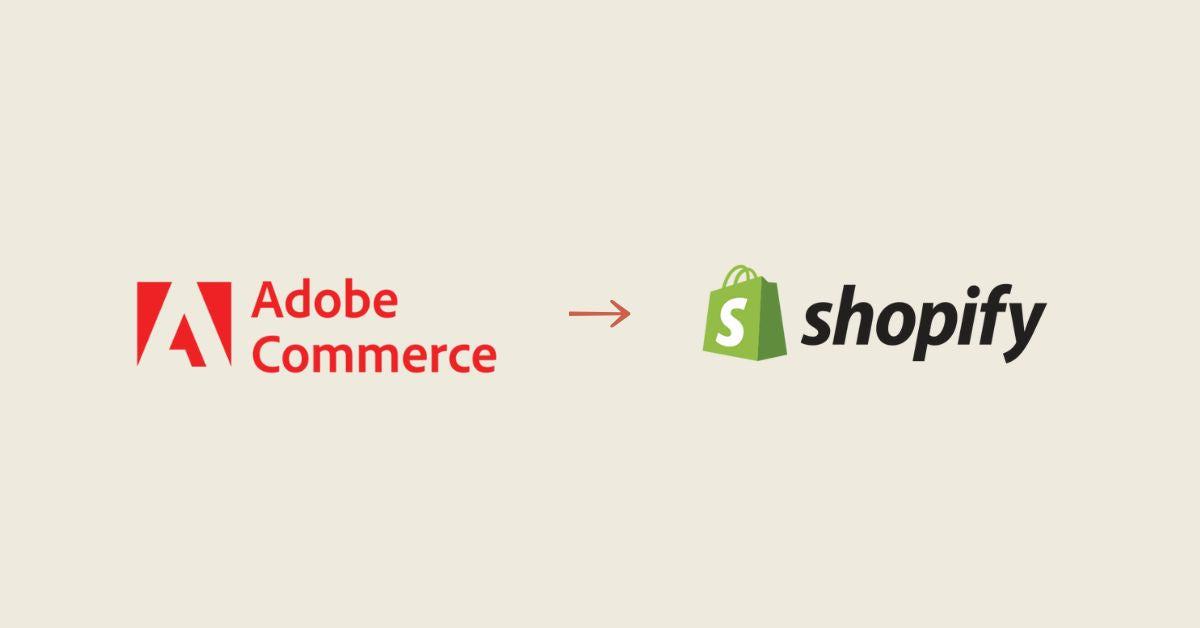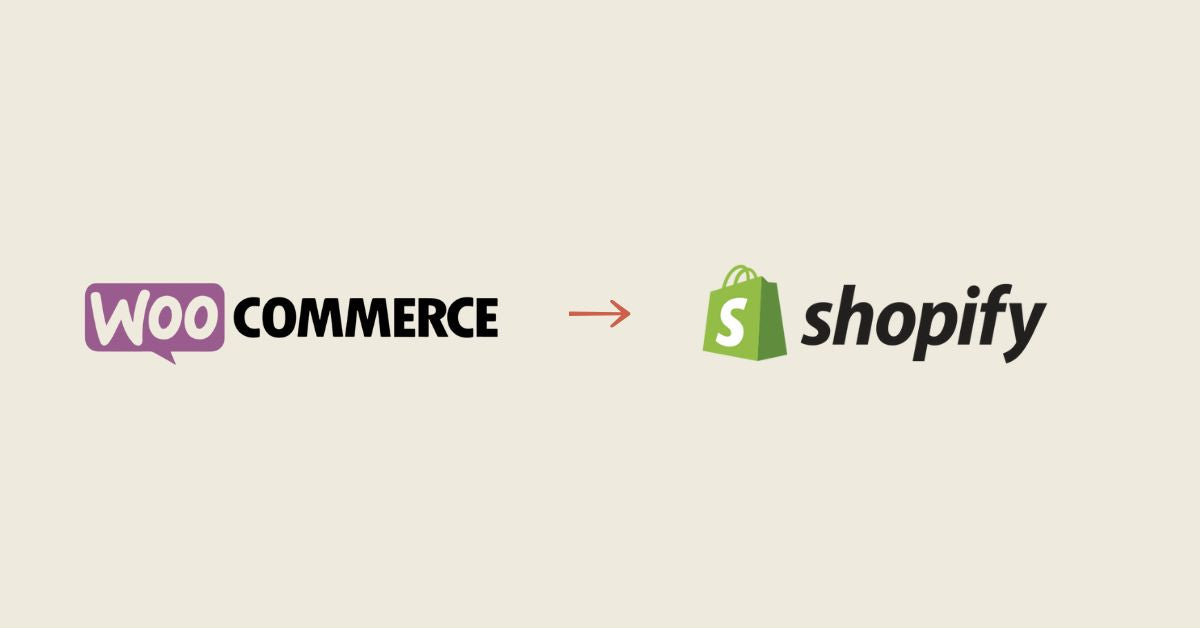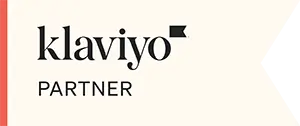is the best tool that can be used to get an idea of how much money can be earned daily, monthly and yearly based on views and RPM. Thus, you will know how many views you need for Facebook monetization revenue.
Daily Views
In the daily views field, you can now easily enter how many views you get on average per day or how many views you want to get. Or you can enter a random number like 10,000, 20,000, 30,000, 40,000, 50,000, 60,000, 70,000, 80,000, 90,000, 100,000, etc.
Monetizable Views RPM
According to Meta Platforms, RPM, or revenue per mile, is the amount of money you will earn for every 1,000 views of a video that is one minute or longer with embedded ads. It is also known as revenue per 1,000 impressions.
Estimated income
In the estimated earnings section of the Facebook page earning calculator, you can now easily see how much money you can earn daily, monthly and yearly based on total views and RPM. Remember, the more views and RPM you have, the more your earnings will be.
Using the calculator above, find out how much money can be made from a Facebook page.
Facebook Page Earning Calculator Features
As a revenue calculator for Facebook pages, this web tool offers some interesting features for the users. With this online tool, you will be able to use them effortlessly. Some of the best features have already been mentioned below for your convenience.
Now let’s see some of the best features of this tool.
• No registration or login is required to use this tool.
• Find out how much Facebook pays for videos.
• Get a rough idea of earnings per view on Facebook.
• Accurate and real-time data or information is available.
• 100% safe to use on mobile, tablet or computer.
• It has many other features that can be used right now.
How much does Facebook pay for views?
Maybe you are very interested to know how much Facebook pays for 10,000 views, total Facebook video revenue, how much Facebook pays for 1,000 views, how much Facebook pays for 1 million views, or how much Facebook pays for 2 million subscribers.
Let's say the average RPM on Facebook is $5.
That is, for every 1,000 valid views, you will be able to earn $5. Now, if 10,000 people watch your video, you will easily earn $50. And if 50,000 people watch your video, you will be able to earn $250. Also, if 100,000 people watch your video, you will easily earn $500.
Let's say your average daily revenue for your Facebook page is $100.
This means that you will earn $3,000 per month. And you will earn $36,000 per year. But since income depends on many factors, sometimes your income will be lower and sometimes higher. And the more views you get, the easier your income will increase.
And to automate the calculation, use the Facebook Page Revenue Calculator above now.
Tips and Best Practices to Increase Revenue on Facebook
To maximize your revenue through Facebook monetization, consider the following practical tips and strategies:
Optimize video length
• Find the right balance: Experiment with different video lengths to see what resonates best with your audience. Generally, videos that are long enough to engage viewers but short enough to hold their attention work best.
• Consider viewer retention: Longer videos have the potential to generate more revenue, but only if viewers stay engaged. Focus on content quality to keep viewers engaged.
Engage your audience
• Encourage interaction: Encourage comments, shares, and likes. Interaction not only improves your content’s visibility in Facebook’s algorithm, but it also builds a loyal community.
• Respond to comments: Engaging with your audience's comments can increase the interaction and visibility of your posts.
Identify the best times to post
• Understand your audience: Use Facebook Insights to determine when your audience is most active and schedule your posts accordingly.
• Test and learn: Experiment by posting at different times and days to find what works best for your specific audience.
Stay up to date with content trends
• Follow trending topics: Creating content around trending topics can increase visibility and engagement.
• Stay authentic: While it’s important to follow trends, make sure your content is aligned with your brand and appeals to your audience.
Updates and changes to Facebook monetization policies
Staying informed about the latest changes in Facebook monetization policies is essential to maximizing your revenue:
Recent Policy Updates
• Content Guidelines: Check the content guidelines regularly for updates. Facebook periodically updates its policies on what is considered monetizable content.
• Ad Formats: Be aware of new ad formats or changes to existing formats, as this may affect how you monetize your videos.
Upcoming changes
• Stay informed: Follow official Facebook announcements or subscribe to digital marketing newsletters to stay informed of upcoming changes.
• Adapt quickly: Be prepared to adapt your content strategy in response to policy changes to avoid disruptions to your revenue.
Algorithm Updates
• Engagement factors: Pay attention to changes in the algorithm, especially those related to engagement metrics and video distribution.
• Content Quality: Original, high-quality content is generally favored by Facebook’s algorithm. Focus on creating valuable content for your audience.
By implementing these tips and staying informed about Facebook's monetization policies, content creators can effectively increase their views and RPMs, thereby increasing their revenue on the platform.
Comparing Monetization Potential Across Social Media Platforms
Understanding how Facebook’s monetization potential compares to other platforms like YouTube, Instagram, and TikTok is essential for content creators looking to maximize their revenue. Here’s a comparative analysis focusing on RPM rates, audience engagement metrics, and the types of content that perform well on each platform:
• Monetization Method: Mainly through ads embedded in videos.
• RPM Rate: Varies widely; may be influenced by factors such as audience location and content type.
• Engagement Metrics: Focuses on video views, especially 1-minute views for videos longer than 3 minutes.
• Content Types: Longer videos tend to perform better, with an emphasis on storytelling and community engagement.
YouTube
• Monetization Method: AdSense revenue from pre-roll, mid-roll, and banner ads, as well as channel subscriptions, super chats, and YouTube Premium revenue sharing.
• RPM Rate: Generally higher than Facebook; revenue transparency through YouTube Analytics.
• Engagement Metrics: Prioritizes watch time and number of subscribers.
• Content Types: A wide range, but educational, entertainment, and “how-to” videos often see higher engagement and revenue.
• Monetization Method: Mainly through sponsored content, IGTV ads, and shopping features.
• RPM Rate: Not publicly disclosed, but can be substantial for influencers with large followings.
• Engagement Metrics: Focuses on post engagement (likes, comments) and story views.
• Content Types: Visually appealing content, short videos, and influencer marketing campaigns are very effective.
TikTok
• Monetization Method: TikTok Creator Fund, Brand Partnerships, and Sponsored Content.
• RPM Rate: Relatively new and evolving; less transparent compared to YouTube.
• Engagement Metrics: Prioritizes video views and user engagement (likes, shares, comments).
• Content Types: Short, creative content leveraging trends, music and challenges.
Key points to remember
• Diverse Monetization Strategies: Each platform offers unique monetization methods suited to different content types and engagement strategies.
• Length and type of content: Facebook and YouTube favor long-form content, while Instagram and TikTok excel with shorter, visually-oriented content.
• Engagement metrics: YouTube's focus on watch time can benefit deep content creators, while Facebook, Instagram, and TikTok emphasize likes and shares, favoring viral content.
• RPM Transparency: YouTube offers more transparent information about RPM, while other platforms like Facebook and TikTok offer less visibility.
In conclusion, the choice of platform for content monetization should be guided by the content creator’s style, audience preferences, and the type of engagement it can generate. Each platform has its strengths and can be used in a complementary way to maximize a creator’s online presence and revenue streams.
Frequently Asked Questions About Facebook Monetization
Q1: Who is eligible for monetization on Facebook?
A1: Eligibility for monetization on Facebook depends on several factors, such as number of followers, compliance with content guidelines, and a certain level of engagement. Specific criteria may vary, so it's best to check Facebook's official eligibility standards for monetization.
Q2: How is income calculated using the income calculator?
A2: Revenue is calculated based on views and RPM (revenue per mile). RPM is the amount you earn per 1,000 views. The calculator uses your average daily views and RPM to estimate your potential earnings.
Q3: What is a good RPM rate on Facebook?
A3: A “good” RPM rate can vary greatly depending on the type of content, audience, and engagement level. Typically, RPM rates can range from a few cents to several dollars. Industry benchmarks can be helpful, but individual experiences may vary.
Q4: How can I increase my Facebook video views and RPM?
A4: Increasing video views and RPM involves creating high-quality, engaging content, posting regularly, understanding your audience’s preferences, and using Facebook’s analytics tools to refine your strategy. Engaging with your audience and promoting your content through other channels can also help.
Q5: Are there any costs or fees associated with the income calculator?
A5: The Facebook page earning calculator is a free tool. There are no hidden costs or fees associated with using it.
Q6: How often should I use the income calculator?
A6: You can use the calculator as often as needed to estimate potential revenue. It’s especially helpful when you see a change in your video views or when you’re adjusting your content strategy.
Q7: Can the income calculator predict future income accurately?
A7: While the calculator provides an estimate based on current data, it cannot predict future revenue with absolute accuracy. Revenue may fluctuate based on a variety of factors, including changes in audience behavior, Facebook's algorithm, and market trends.
Q8: Does the revenue calculator work for pages with international audiences?
A8: Yes, the calculator can be used for pages with international audiences. However, keep in mind that RPM rates may vary depending on region and audience demographics.
Q9: Are the data provided by the calculator confidential?
A9: The calculator does not store your data or share it with third parties. The information you enter is used only for calculating your estimated income.
Q10: Where can I find more information to optimize my Facebook page for monetization?
A10: Additional resources can be found on the official Facebook Help Center, digital marketing blogs, and through online courses focused on social media marketing and content creation.
Conclusion
There are many tools to check revenue from Facebook ads.
But currently, the latest Facebook page earning calculator tool is at the peak of popularity to provide the most accurate information. Because by providing only the daily views and RPM, you will be able to easily get the estimated income for daily, monthly and yearly.
And the best part is that this online tool is 100% free.




